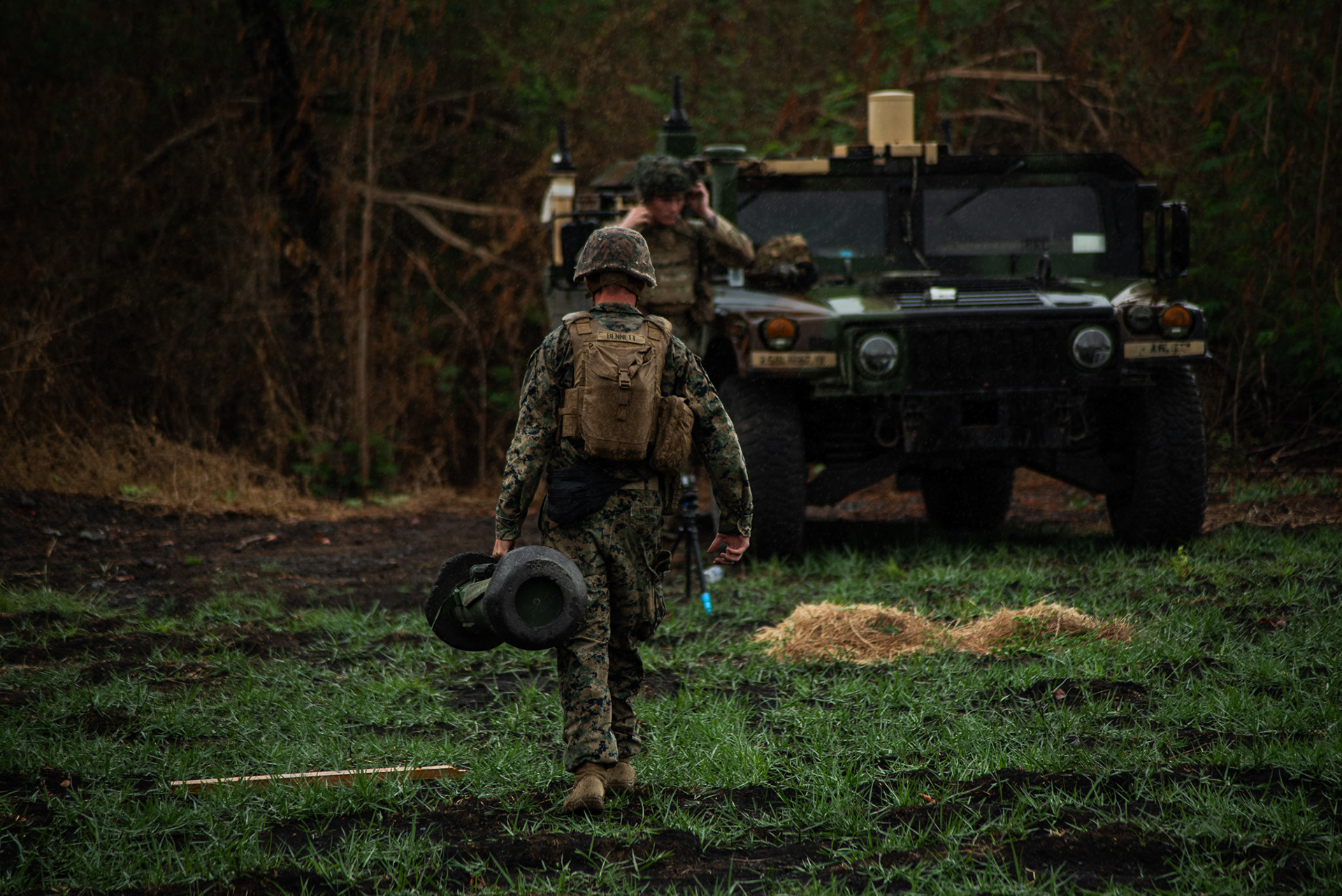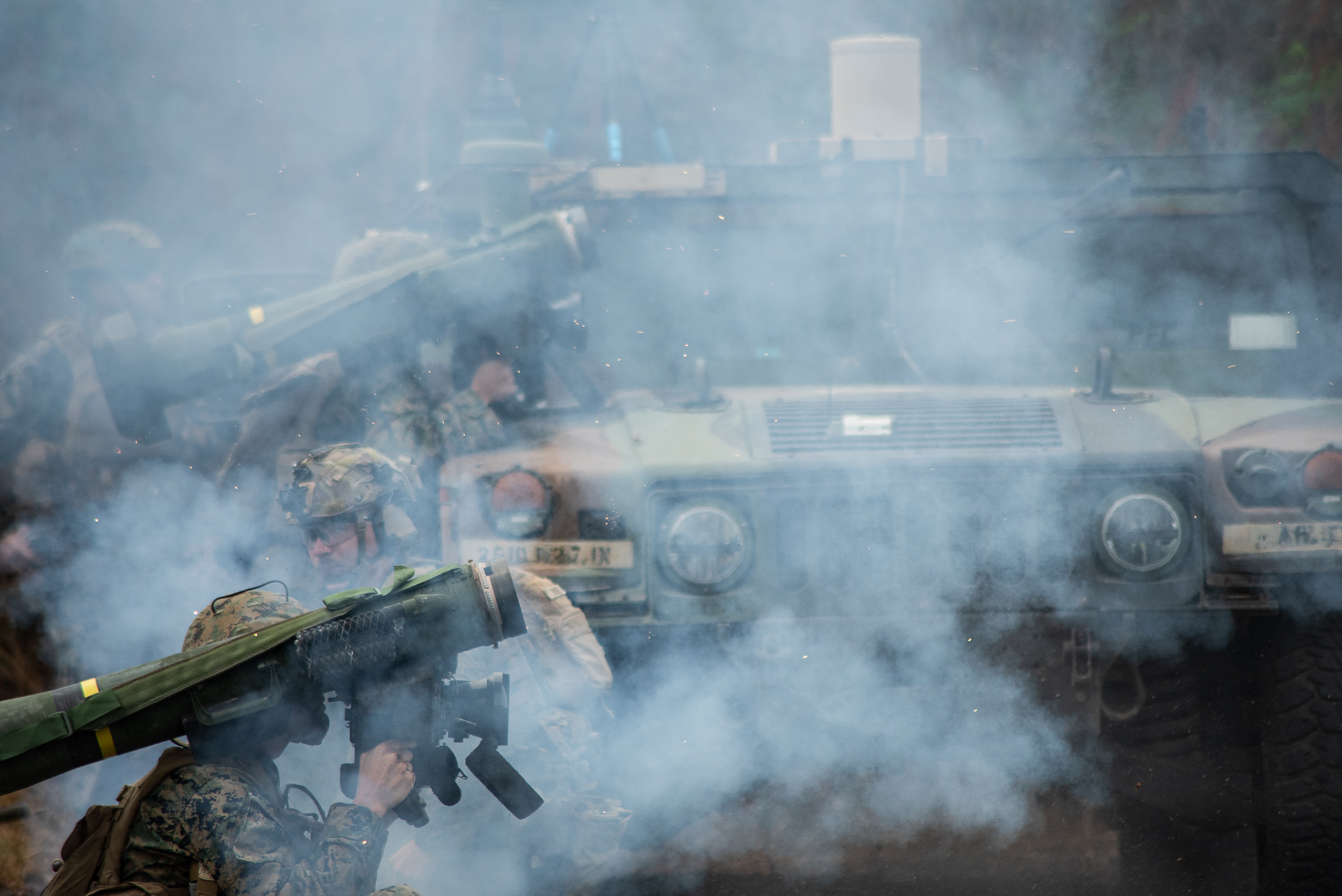Is the Javelin anti-tank system on the Philippines' shopping list?
Text and photos by Kaycee Valmonte. As published on Philstar.com on April 14, 2023.
Philippine soldiers got a chance to test the Javelin anti-tank missile system, a weapon that is not yet in the country's arsenal but could be in the coming years as military modernization focuses more on external defense.
Balikatan 2023 kicked off Tuesday and will run until the end of the month. Over 17,000 American, Filipino, and Australian troops will be participating in simulated military operations to develop interoperability among allied militaries.
The Philippine Army said it wants soldiers to have familiarity with modern weapons and technology in preparation for their eventual delivery.


"We're envisioning these weapon systems to be part of our modernization program so in the Horizon 3 of our modernization program, the Philippine Army has included this already, the procurement of this kind of weapon systems," Lt. Gen. Romeo Brawner, commanding general of the Philippine Army, told reporters.
The military modernization program has been divided into horizons or phases. Horizon 1, from 2013 to 2017 was meant to equip the armed forces for internal security, with Horizon 2 serving as a transition period from 2018 to 2022.
Horizon 3, which is scheduled for 2023 to 2028, includes buying missile systems and multi-role fighters.
Javelin anti-tank weapons
The Javelin Anti-Tank Weapon system, used by the US Army and US Marine Corps, has a range of up to 2,000 meters. Soldiers on Thursday targeted vehicles positioned around 400 to 500 meters away.





"What you’re witnessing here today is operationalizing what our leaders talked about from interfering deterrence to campaigning, to building enduring advantage and this is what it looks like," Gen. Charles Flynn, commander of US Army Pacific, said.
Brawner noted that the system has been used in the conflict that was spurred by Russia’s invasion of Ukraine.
"You saw the Javelin weapon taking out tanks, and so we want to also bring that capability to the Philippine Army in order for us to bolster our defensive posture and be able to defend our territory," Brawner said.
'Preparing for any threat'
Brawner said the country is now shifting its defense response to one that is prepared for external and territorial threats, but officials clarified that the exercises are not in preparation for any "specific adversary.".
The announcement of new locations under the Enhance Defense Cooperation Agreement has spurred speculation — including from China — that giving US troops access to facilities in the province of Cagayan and Isabela is related to tension in the Taiwan Strait.
"Judging from the locations of the new military bases, the intention behind those sites is more than obvious," Wang Wenbin, spokesman of China's Ministry of Foreign Affairs, said in a press conference on Wednesday.
President Ferdinand "Bongbong" Marcos Jr. has said the Philippines "will not let any of our bases be used for whatever offensive action."
The Philippines and the US signed a Mutual Defense Treaty in 1951 that would be triggered if either of the parties comes under attack.